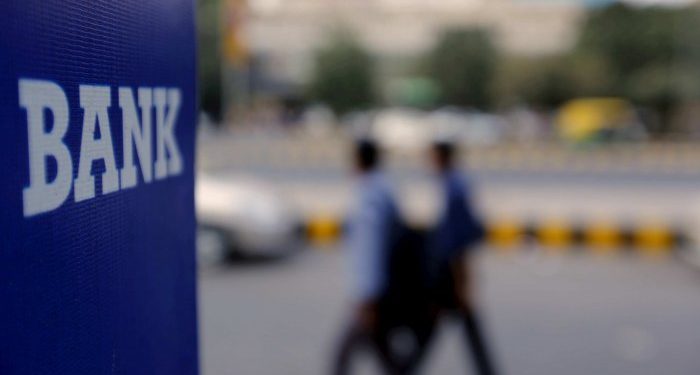Bikash Narayan Mishra
With abundant natural resources and a massive coastline, Odisha has emerged as one of the most preferred destinations for investment. Although it is the eight largest state in the country in terms of area, Odisha is bigger than Bangladesh, Nepal and Greece. Similarly, in terms of population with a total population of approximately 4.50 crore, Odisha is bigger than Canada. Besides, the state has a rich heritage and legacy.
When we talk of basic infrastructure, the foremost that come to our mind are primary education, primary health, roads, communication and irrigation. In all these areas Odisha is doing exceedingly well. The Odisha Adarsha Vidyalaya and Mo School Abhiyan schemes have no parallels. The government of Odisha is one of the few state governments in the country which did exemplary work during the pandemic.
Now, comes banking. Developing banking habits among people is necessary to divert them from physical savings to financial savings and also to mobilise resources for the development of the nation. Besides people will have access to institutional credit. Through the Pradhan Mantri Jan-Dhan Yojana, 44 crore people were added to the banking fold all over the country. The present balance in these accounts is approximately `1.50 trillion, which is approximately 40 per cent of the total deposits in Odisha. Financial inclusion aims at bringing the unbanked to the banking fold, funding the unfunded and insuring the uninsured. JAM (Jan-Dhan, Aadhaar and Mobile) has brought a revolution in direct benefit transfer.
Against this backdrop, let’s introspect Odisha’s journey in the banking sector. True, none of the leading banks originate in Odisha, nor any of them is headquartered here. But Odisha has produced many bankers, who are known for their professionalism and dedication. Many large-sized banks have been headed by Odias. The present RBI governor, two deputy governors and the banking secretary are also from Odisha.
There is a strong branch network of 5,196 branches (all scheduled commercial banks) in the state. As on June 30, 2021, Odisha had deposits of `3.79 trillion and the credit O/S was `1.43 trillion. Thus the CD ratio was 38 per cent against the national average of 70 per cent.
Smaller states such as Haryana, Punjab and Kerala have more business and better CD ratio. So Odisha’s CD ratio must increase. Further, as many as nine districts in Odisha have a CD ratio of less than 30 per cent — Angul, Deogarh, Malkangiri, Mayurbhanj, Gajapati, Ganjam, Kendrapara, Keonjhar and Sambalpur. Ganjam at only 18 per cent and Sambalpur at 22 per cent are causes for concern.
When we see the banking penetration in villages there are 2,694 branches in the 53,135-odd villages. So, one bank branch is serving 20-odd villages in Odisha against the national average of 12. Out of the 30 districts in Odisha at least in 13 there are less than 15 branches per block. Ideally there should be 20 bank branches per block. In six districts — Gajapati, Kandhamal, Koraput, Malkangiri, Nabarangpur and Rayagada — it is less than 10 branches per block. In Kandhamal and Malkangiri there are only six bank branches per block. People travel 15/20 km to avail a bank loan in these parts of the state.
No doubt digitisation is happening in a big way in the country. We have one of the safest, cheapest and most secure payment platforms globally. It’s a miracle; but this has little to do with remote villages where people don’t know how to read and write in their mother tongue.
There is no homogeneity in Indian villages. The villages in Punjab, Haryana, Kerala, western Uttar Pradesh, and Tamil Nadu are much more advanced than their counterparts in Odisha, Bihar, Chhattisgarh, Madhya Pradesh or eastern/central Uttar Pradesh. Digitisation and banking correspondents can strengthen financial inclusion, but they can’t replace branches.
Therefore Odisha needs more bank branches in villages if it has to be at par with states of its size and resources.
The writer is a senior advisor, Indian Banks’ Association. Views are personal.






































